BUTTERFLY
GARDENING
No garden truly blooms until butterflies have danced upon it
~K. D’Angelo
Butterfly Gardening
—On a Breath of Grace—
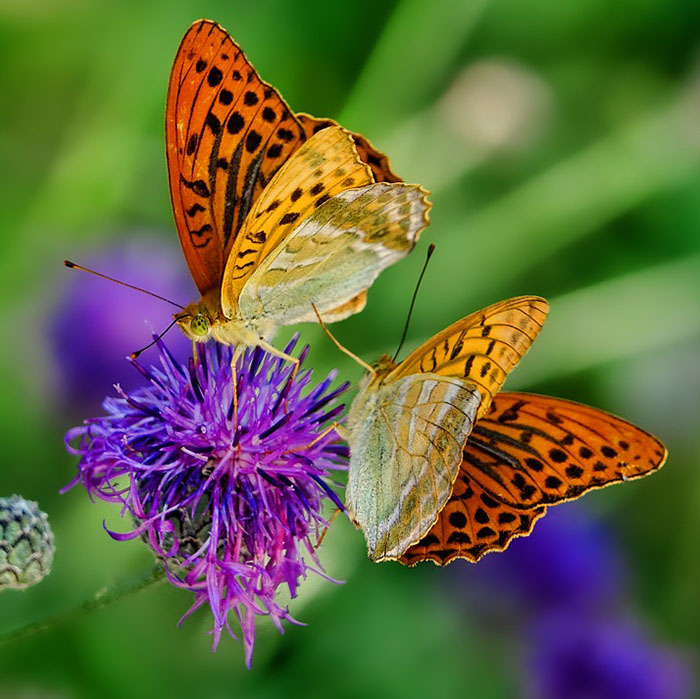
Creating a Beautiful Butterfly Garden Habitat
By gardening for the benefit of butterflies, you will not only bring some of their beauty and wonder into your yard, but you will also be helping to ensure the survival of some of these lovely creatures!
Below are a few simple guidelines to follow when creating your Butterfly Garden.

Host Plants
A butterfly garden must have host plants. Host plants are the plants that the female butterflies lay they their eggs on. Most species of butterflies have evolved to be very selective and will only lay their eggs on one or two specific species of plants.
For example, the monarch butterfly uses milkweed for its host plant and will only lay it’s eggs on milkweed. Also, the newly emerged monarch caterpillars only eat the plant that they are hatched on, in this case, milkweed. Like the monarch, most species of butterflies have this very special relationship with their host plants. Monarch on Milkweed
You can help monarchs and other butterflies by creating a butterfly garden. Plant milkweed for the monarchs and provide your other local butterflies their preferred host plants so they also will have a place to lay their eggs.
Different regions have different species of butterflies. Depending on where you live, you will need to plant the specific host plants that are used by your local butterflies. Check with your local library or nursery to find a list of your local butterflies and their host plants.
Helping Butterflies
It is important to note here that most host plants are native plants, which typically grow in the wild. It is unlikely that you will see many of them around your city’s typical landscaping. In many areas when land is groomed for development, it often destroys the natural habitat where the milkweed and other native plants grow. No native host plants, no butterflies.
By planting butterfly host plants in your garden you are helping butterflies to thrive and also ensuring that they will continue to grace our world for generations to come.
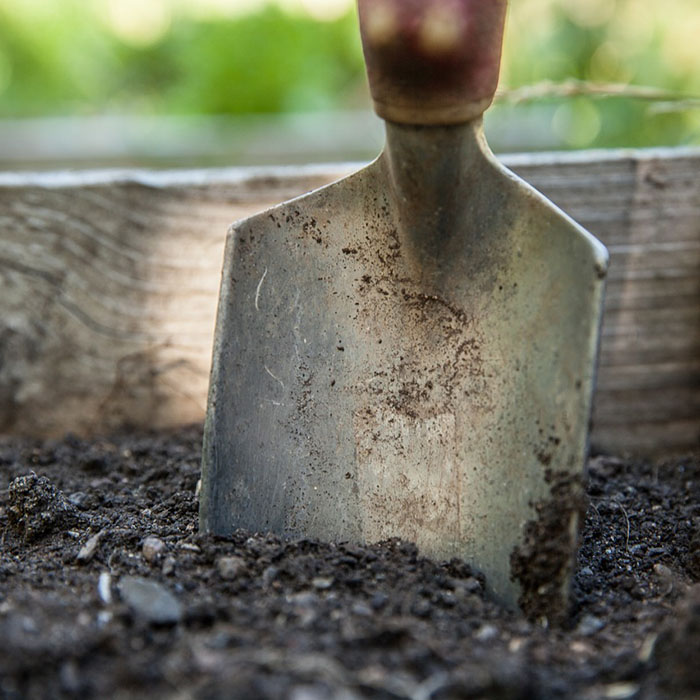
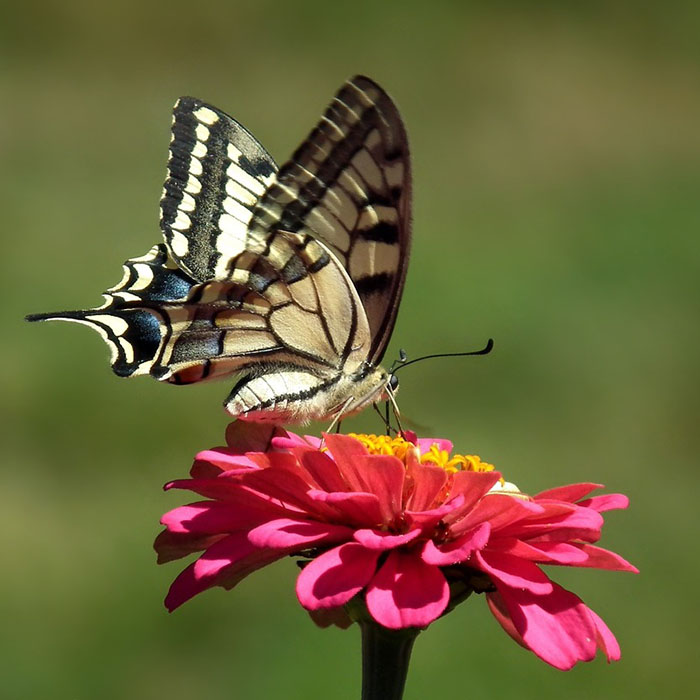
Nectar Plants
Once you have drawn butterflies into your garden with a variety of desirable host plants, get them to stay, and keep coming back, by providing them an ample supply of their favorite nectar plants. Nectar plants contain a sugar-rich liquid produced by the flowers which in turn attract butterflies, nectar loving birds and pollinating insects. Butterflies have a natural relationship with flowering plants. Just like the bees, butterflies pollinate flowering plants, and in return for their services they are provided with an energizing nectar drink.
As flowering plants and butterflies have evolved together over the course of millions of years, they have learned to talk to one another by speaking the “language of flowers”. Some plants will continually change the colors of their blooms, to show the butterflies which flowers still have nectar in them. For this reason, butterflies can be partial to certain hues such as yellow, red, purple or pink. These colors are frequently advertised on flower heads, which are rich with nectar.
Other plants have evolved to provide easily accessible landing pads for butterflies. Butterflies prefer these flat-topped flowers because they are simple to set down and feed upon. They also provide a clear view to any possible predators hiding within.
Check our suggested list of butterflies’ favorite nectar plants. Notice how many of them flaunt blooms that are flat on top and are attractively colored to appeal to butterflies.
The female butterfly will definitely notice and take advantage any healthy host and nectar plants you provide in you butterfly garden! And where there are females, there are also males to be found. You won’t need to turn on the afternoon soap to catch a bit of drama. With butterflies fluttering about, it will be happening right in your own back yard.
Going Native
When deciding what to plant in your butterfly garden, take some time to learn more about the benefits of native plants.
No matter where you live, by choosing to include some native plants in your landscaping plans, you’ll make things easier on you and the environment. Because your local native plants are already ideally suited for your region, they need less upkeep and maintenance from you. They usually require less water, so by going native you are helping to conserve that precious resource as well.
Native plants provide a beautiful, hardy, drought resistant, low maintenance landscape while benefiting the environment and all the lovely creatures who reside there!

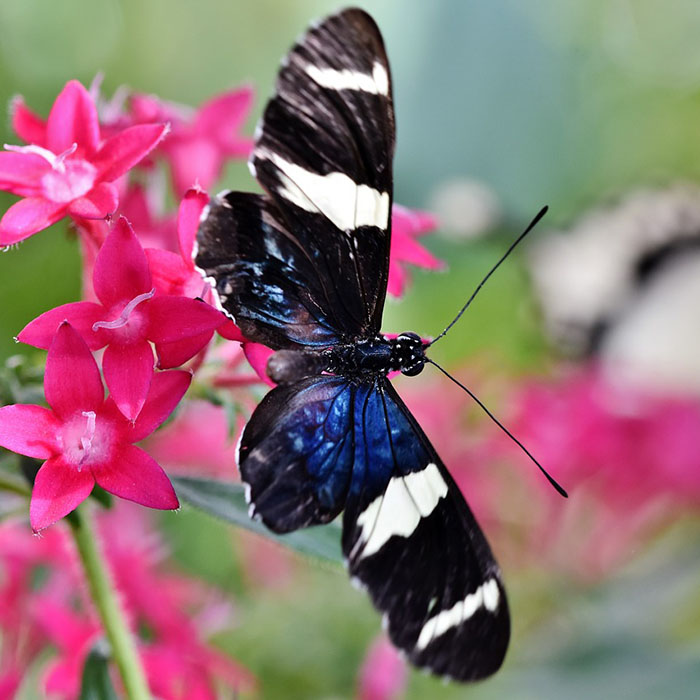
No Insecticides or Pesticides
It is important to note here that you should take care never to use chemical insecticides or pesticides in your butterfly garden. Instead practice organic gardening, which is safe for caterpillars and other beneficial insects. Visit www.organicgardeninfo.com for information on organic gardening.
Food and Shelter
If you really want to create the “ultimate butterflies paradise”, then you would need to place or hang several shallow dishes in your yard. Fill one dish with overripe fruit and the other with damp mineral rich mud and stones.
The male butterflies will especially love these nutrient filled treats, and females too, may drop in for a sampling if their not to busy laying eggs. Butterflies favorite overripe fruits include plums, apricots, peaches, watermelon, cantaloupe and grapes.
Wooden butterfly houses also add a nice touch to any butterfly garden and they provide shelter for butterflies at night or during cooler weather. A beautiful hand painted butterfly house can enhance a garden with their charming designs.
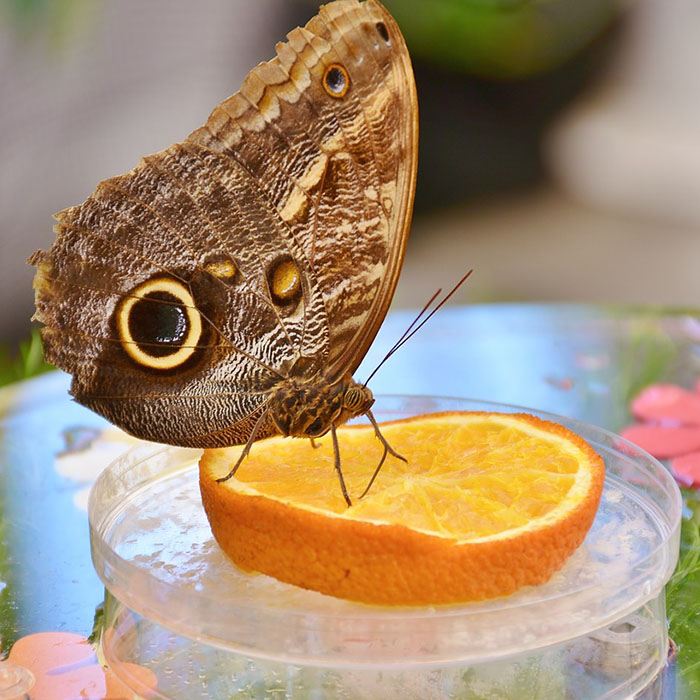

Enjoy!
Plant it and they will come! Believe it or not, butterflies have great memories. Once they have identified your yard as a butterfly haven, a place where their favorite nectar and host plants can be found, they will become frequent and regular visitors.
Now you will be able to sit back and enjoy nature at its best. A show, which has been 130 million years in the making, will play out in your yard almost everyday. With an all star cast of eggs, caterpillars, chrysalises and butterflies it will be sure to be entertaining and fascinating for all who come to watch.
For information on raising butterflies visit www.ButterflySchool.org
Please feel free to e-mail us with any questions that you may have in regards to butterflies or butterfly gardening and we will do our best to answer them for you.
